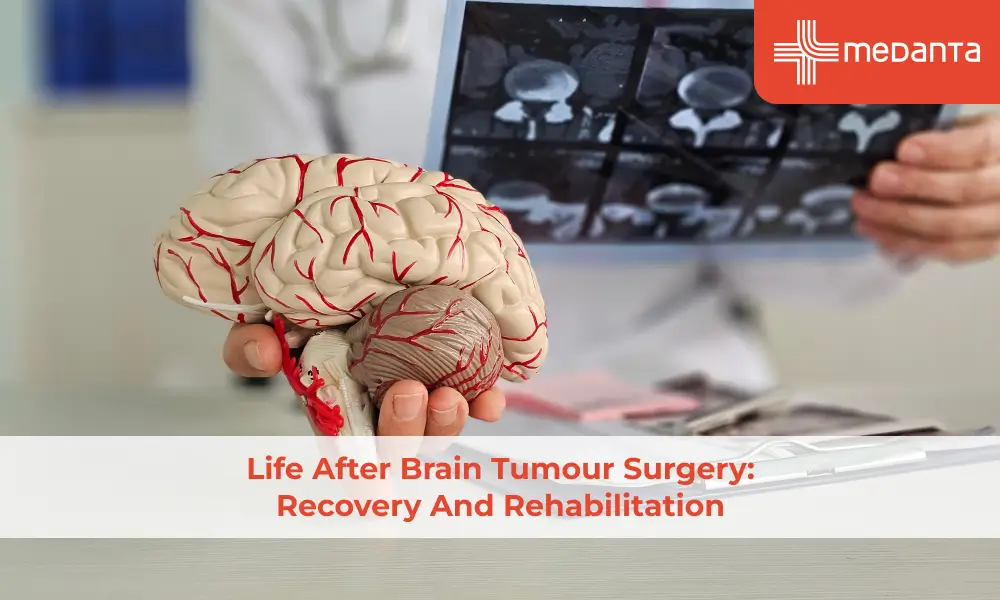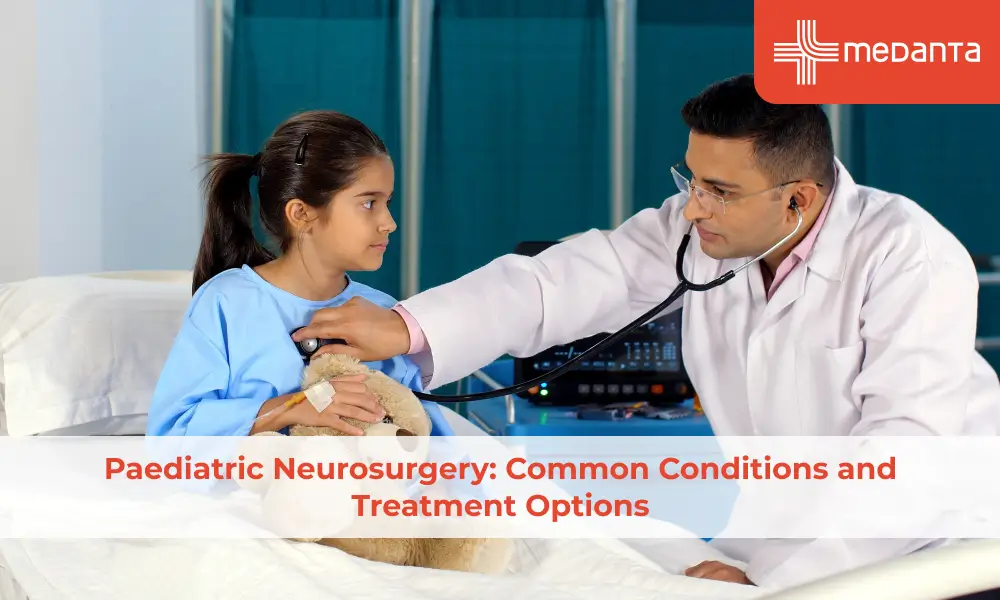Signs And Symptoms Of Ewing's Sarcoma One Should Know

The diagnosis and treatment of a rare cancer like Ewing's sarcoma can seem like a daunting journey to navigate. As professionals in oncology, we understand how alarming it is to first learn key signs and symptoms may indicate this aggressive bone cancer.
Our aim with this post is to simplify some of the complex medical aspects of Ewing's sarcoma by providing clear guidance on commonly seen indicators, straight from the experts.
Bringing greater awareness can lead to earlier detection when treatment options fare better. What follows is an overview of some common signs to watch for and what you should do if concerned. Our hope is that greater knowledge translates to more empowered patients who can actively partner with their healthcare team for the best possible outcomes.
Ewing's Sarcoma Symptoms
When it comes to our health, awareness is key. Understanding the signs and symptoms of conditions like Ewing's sarcoma can make all the difference. Let's explore the important signs and symptoms of Ewing's sarcoma that everyone should be aware of. Let's get started!
1. Bone Pain
One of the primary symptoms of Ewing's sarcoma is bone pain. This pain may initially be mild but can progressively worsen over time.
It often occurs at the site of the tumor and may be persistent, especially at night or during physical activity. If you experience unexplained bone pain that doesn't improve with rest or over-the-counter pain medication, it's essential to consult a healthcare professional.
2. Swelling or Lump
Another common symptom of Ewing's sarcoma is swelling or a palpable lump near the affected bone.
This swelling may be accompanied by tenderness or warmth to the touch. While not all lumps are cancerous, it's crucial to have any unusual swelling or growth evaluated by a doctor, especially if it doesn't resolve on its own or continues to grow.
3. Fever
In some cases, individuals with Ewing's sarcoma may experience fever without any other apparent cause. This fever may come and go or persist for an extended period.
If you have an unexplained fever accompanied by other symptoms like bone pain or swelling, it's essential to seek medical attention promptly.
4. Fatigue
Fatigue, or extreme tiredness, is another potential symptom of Ewing's sarcoma. This fatigue may not improve with rest and can significantly impact daily activities.
While fatigue can result from various factors, including stress and inadequate sleep, persistent and unexplained fatigue should be evaluated by a healthcare professional.
Understanding Ewing's Sarcoma Causes
This rare form of cancer predominantly affects children and young adults, and while its exact origins remain somewhat mysterious, scientists have made significant strides in unraveling its underlying Ewing's sarcoma causes.
1) Genetic Factors
One of the primary factors believed to play a role in the development of Ewing's sarcoma is genetic mutations.
In particular, alterations in certain genes, such as the EWSR1 gene, are associated with an increased risk of developing Ewing's sarcoma. These genetic changes can disrupt normal cell growth and division, leading to the formation of cancerous tumors.
2) Age and Gender
Ewing's sarcoma primarily affects children and young adults, with the majority of cases diagnosed in individuals between the ages of 10 and 20.
While the reasons for this age predilection are not entirely understood, it is believed that factors related to growth and development during childhood and adolescence may contribute to the development of this cancer. Additionally, Ewing's sarcoma occurs more frequently in males than females, although the reasons for this gender disparity remain unclear.
3) Bone Growth and Development
Ewing's sarcoma most commonly arises in the bones, particularly in the long bones of the arms and legs, as well as the pelvis and chest wall. The rapid growth and development of bones during childhood and adolescence may create an environment that is conducive to the development of cancerous tumors.
Additionally, the presence of certain growth factors and signaling molecules in bone tissue may play a role in promoting the growth of Ewing's sarcoma cells.
Ewing Sarcoma Treatments
From surgery to chemotherapy and radiation therapy, there are several approaches used to manage Ewing sarcoma and improve outcomes for patients.
- Surgery: Surgery is often the primary treatment modality for Ewing sarcoma, especially for localized tumors that have not spread to other parts of the body. During surgery, the goal is to remove as much of the tumor as possible while preserving nearby healthy tissue and organs.
- Chemotherapy: Chemotherapy is a systemic treatment that uses powerful drugs to kill cancer cells throughout the body. It is often used in combination with surgery and radiation therapy to shrink tumors before surgery, kill any remaining cancer cells after surgery, or treat metastatic disease.
- Radiation Therapy: Radiation therapy uses high-energy beams of radiation to target and destroy cancer cells. It is often used in conjunction with surgery and chemotherapy to kill any remaining cancer cells and reduce the risk of recurrence.
- Clinical Trials: Clinical trials are like research studies that analyze new treatments or treatment combinations for cancer. Participating in a clinical trial may give patients access to cutting-edge therapies that are not yet widely available, while also contributing to the advancement of medical knowledge.
Conclusion
Ewing's Sarcoma is a rare but serious type of bone cancer that primarily affects children and young adults. Knowing the signs and symptoms of this disease can help with early detection and Ewing sarcoma treatment. If you or your loved one experience persistent bone pain, swelling, or unexplained fatigue, do not hesitate to seek medical attention.
While there is currently no known way to prevent Ewing's Sarcoma, early diagnosis and prompt treatment can greatly improve outcomes.
Treatment options may include a combination of surgery, chemotherapy, radiation therapy, and targeted therapy. It is important to consult with a specialist and develop a personalized treatment plan for the best chance at fighting this aggressive cancer.






